Keep reading to know...
We often categorise our body’s skin into a certain skin tone, or what we call our skin colour. The factor that decides it is called melanin. But have you ever wondered what gives our hair its natural colour? This is also decided by the presence of melanin and a lack of it is what leads to grey or white hair. To dig deeper and learn about how to increase melanin in hair, we consulted Dr. Niketa Sonavane, Celebrity Dermatologist and Founder of Ambrosia Aesthetics, Mumbai.
All About Your Hair Colour
Wondering how to increase melanin in hair? First, let's understand what is melanin in hair? Dr. Sonavane explains: “Melanin is a natural pigment that gives colour to your hair. It is produced by melanocytes, which are specialised cells that produce this pigment. They are present in the hair follicles or hair roots under the surface of your scalp.”
The melanocyte cells actively inject pigment (melanin) into keratin-containing cells as the hair grows. The formation of melanin in the hair begins before birth and continues through most of your life. Its distribution, type, and amount in the middle layer of the hair shaft or cortex determine the natural colour of our hair.
Melanin for hair plays a crucial role in determining its colour. It is also interesting to note here that the colour of our hair before it emerges out of the scalp’s surface is white. But, with the gradual growth of hair strands, melanocytes take up the job of delivering melanin into hair cells, which lends a dark colour to your hair.
Types of Melanin in Hair
Wondering how to get melanin in hair & how to improve melanin in hair? As Dr. Sonavane points out, “There are only two types of pigments in the hair, dark (eumelanin) and light (pheomelanin).” The two melanin pigments or melanocyte cells combine together to form a wide range of hair colours. Primarily, internal factors influence the exact colour of your hair, including genes, hormones and even age. But there are also some external or environmental factors that can affect hair colour, like the climate, pollution and chemical exposure. These are the ones to pay attention to if you want to know how to increase melanin in hair and prevent premature greying.
How Does Hair Turn White?
Before we go through how to increase melanin in hair, let’s take a look at the main reason hair turn white in detail.
Melanin in hair shields it from the sun’s harmful UV rays and protects it from drying and becoming brittle. This is why if you will notice grey hair that has very low levels of melanin is often brittle in texture. The strength of melanocyte production reduces as one grows older. And as you may have already guessed, the continued infusion of dark melanin pigments into one’s hair weakens too, which eventually and naturally causes hair to turn white. But why does melanin production reduce? A few factors could contribute.
1. Ageing
Dr. Sonavane explains, “Men’s hair starts greying around the age of 30, while women’s hair has a few more years to turn grey, let’s say approximately till the age of 35.” Stress can quicken the greying of hair at times as well.
2. Genetics
Loss of melanin in hair before your time is called premature ageing aka greying of hair among younger people. This is generally due to autoimmune issues or genetics.
3. Harsh Chemicals in Hair Care Products
Using harsh chemical-laden products on your hair can contribute to grey or white hair too. Avoid using haircare products with ingredients such as SLS (Sodium Lauryl Sulfate), parabens, alcohol, silicones and artificial colours. Too much hydrogen peroxide, which is generally used for bleaching, can also cause greying.
4. Lack of Nutrients in Your Diet
Dr. Sonavane shares, “Some causes of premature hair greying are linked to nutritional deficiencies such as vitamin B12, iron and copper deficiency and severe protein malnutrition.
5. Skin and Hormonal Conditions
Vitiligo could also be a reason for greying and lack of melanin in hair. It is a skin condition that leads to white patches on otherwise healthy-looking skin, due to loss or death of melanocyte cells. Menopause, alterations in thyroid hormone levels or a thyroid disorder can also reduce the production of melanocytes in the hair, hence causing grey hair.
6. Smoking
Various studies show that smoking is one of the major reasons for hair to turn grey. Not only do the toxins in cigarettes affect the hair follicles, but they are also known to compress the body’s blood vessels, which in turn affects the blood flow to the hair follicles and hampers the production of melanin, leading to grey hair.
5 Ways to Increase Melanin in Hair
Before we get into more ways on how to increase melanin in hair, it is worth remembering that we can’t avoid hair greying forever. However, the superfoods we’ve listed below can help avoid premature greying.
1. Bhringraj
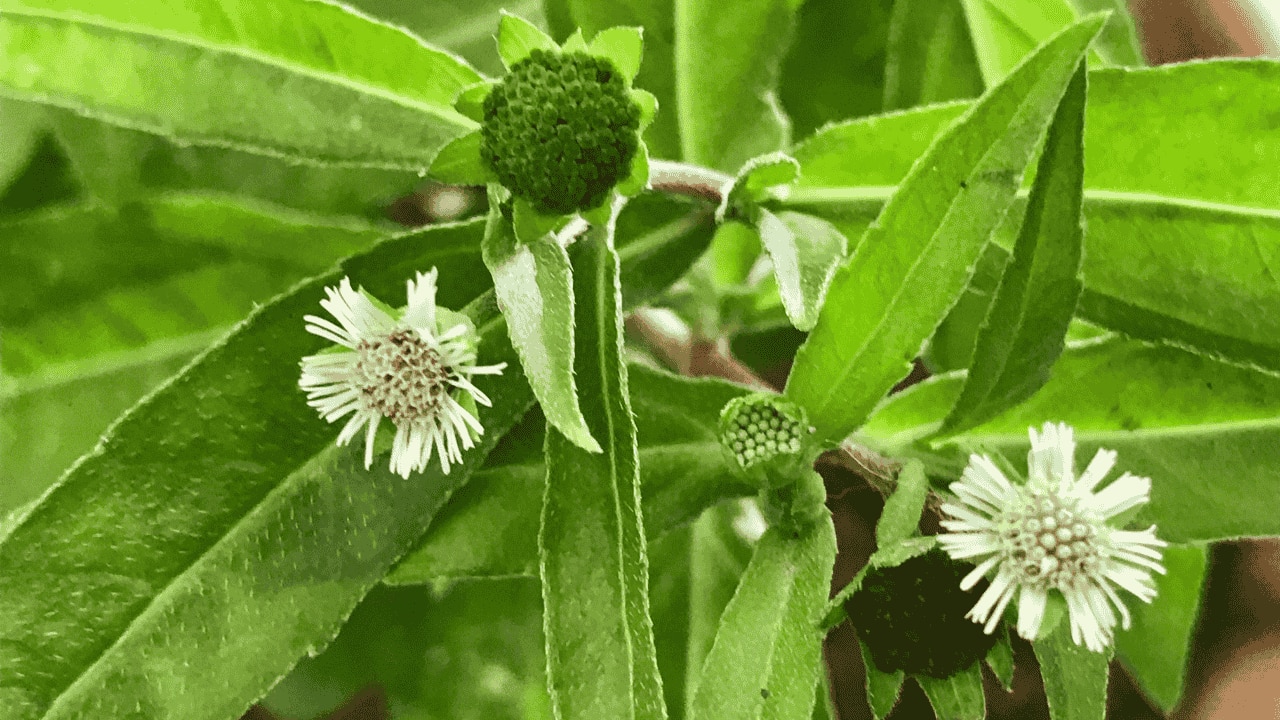
Bhringraj is easily accessible in the form of hair oils. Regular users claim that they’ve noticed a slowing down of premature greying after using it. So, it may be worth adding to your haircare routine as a way to increase melanin in hair.
2. Gooseberries

Commonly known as amla in India, gooseberries are your hair’s best friend when it comes to avoiding premature greying. Rich in antioxidants and vitamin C, dried amla can be eaten as a snack, drunk as amla juice or even used as a hair oil or hair mask.
3. Black Tea
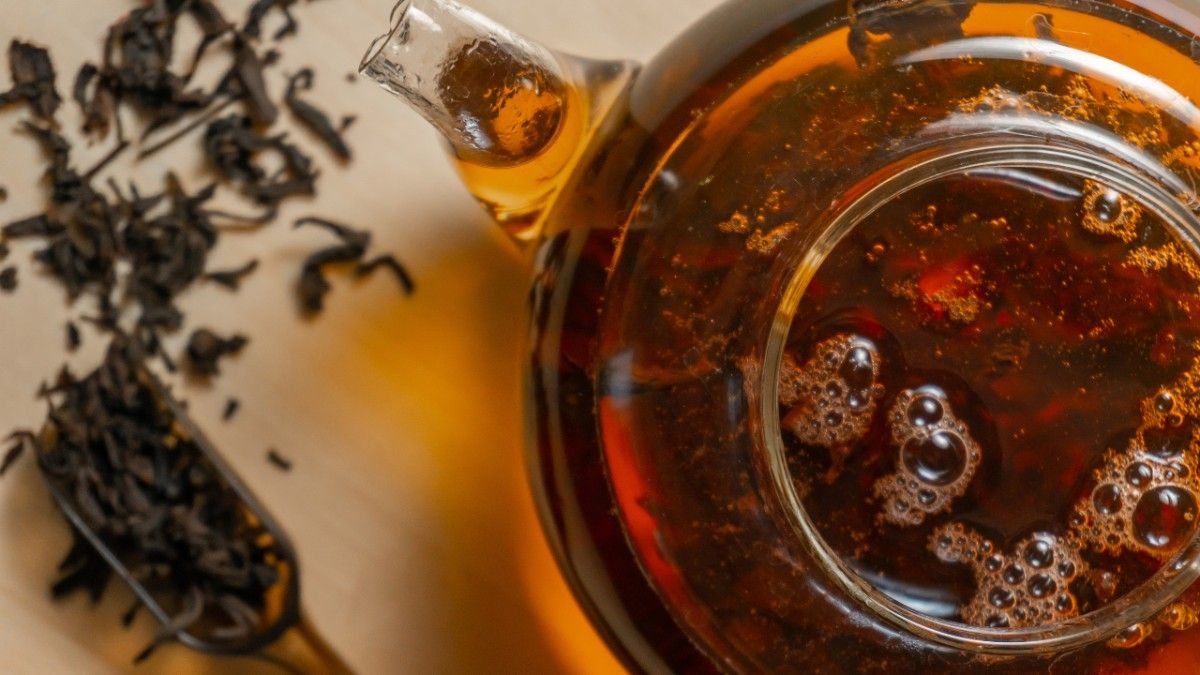
Curious about how to boost melanin in hair naturally? Black tea is popular amongst haircare buffs for its supposed benefits of hair darkening and adding shine to tresses. Its natural antioxidant properties and tannic acid make it great to help maintain hair health.
4. Antioxidant-Rich Foods
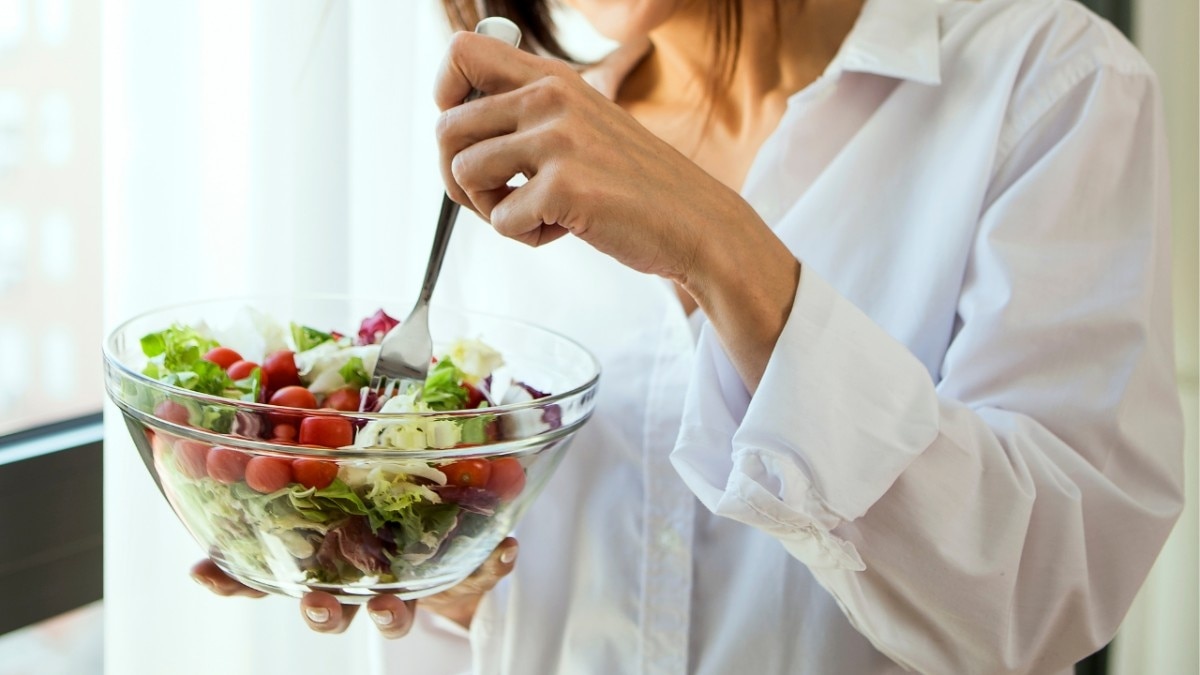
Looking to enhance your hair’s natural pigment? Melanin-rich foods for hair can help! Antioxidant-rich foods such as dark chocolate, berries and leafy vegetables are great additions to your daily diet. They help protect your cells from free radical damage that can affect the melanin production in hair.
5. Vitamin B
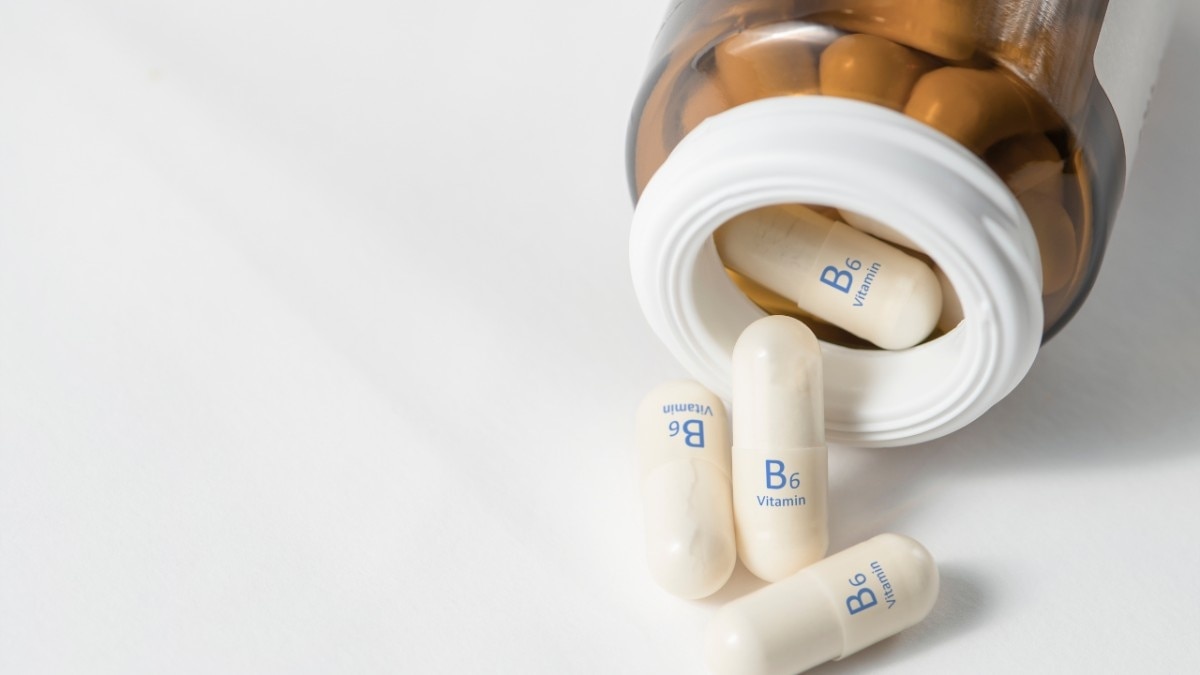
B6 and B12 vitamins have been found to stimulate the production of enzymes in the hair follicles that increase the metabolism of hair proteins (keratin and melanin). So, go ahead and add melanin-rich foods like beetroot, broccoli, sprouts, eggs, fish, cheese, soy products, and starchy vegetables to your meals.
But if you do have grey hair and want to hide it, here are some super easy ways to do it that don’t require dyeing your hair:
Side Effects to Increased Melanin Levels
As they say, excess of anything can cause harm, and so excess melanin cells can also prove to be harmful to your skin and hair. Increased levels of melanocyte cells (melanin pigments) can lead to hyperpigmentation and the emergence of spots on the skin. Consult your doctor before regulating your diet with too many melanin-rich foods and supplements.
Can Medical Treatments Reverse Greying?
When asked about what kind of medical treatments can help reverse the loss of melanin in hair, Dr. Sonavane shares, “Grey hair is a natural part of the ageing process and it affects different people at different ages. Certain health conditions and lifestyle factors (such as smoking and stress) may contribute to greying sooner. But there are currently no effective medical treatments available to reverse or prevent grey hair. More research is needed to investigate this further.
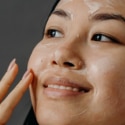
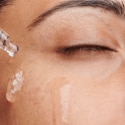







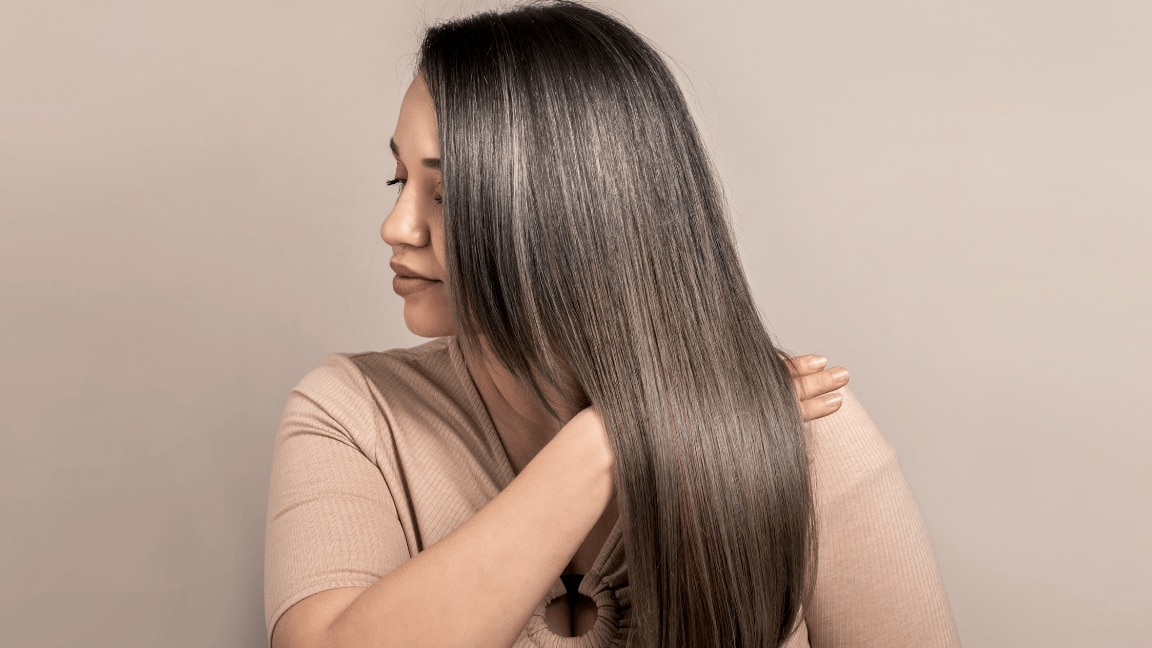






 BePicks
BePicks





 Privacy Notice
Privacy Notice